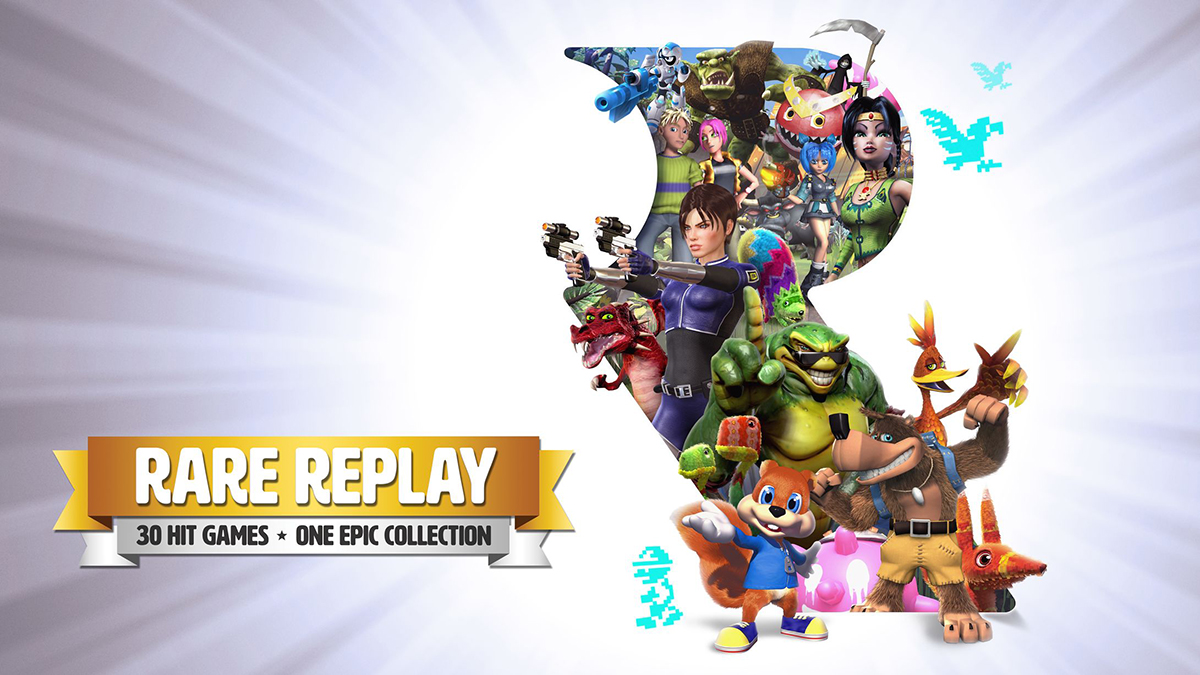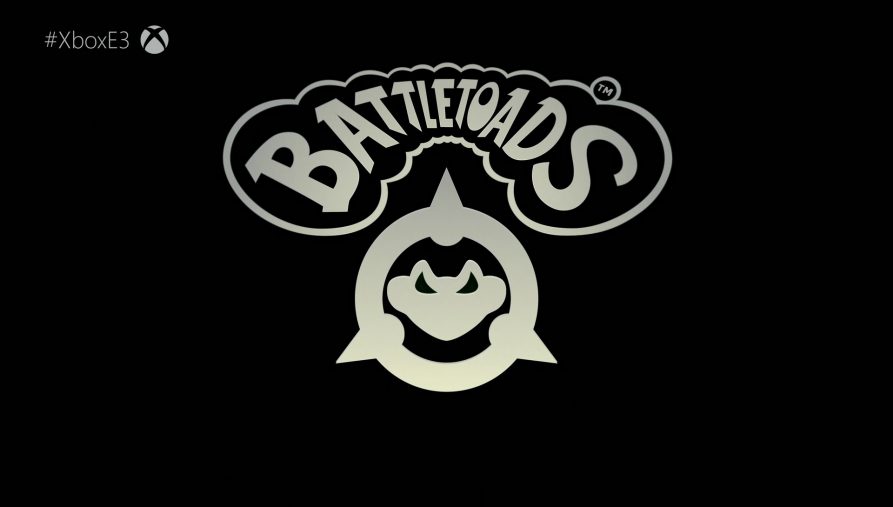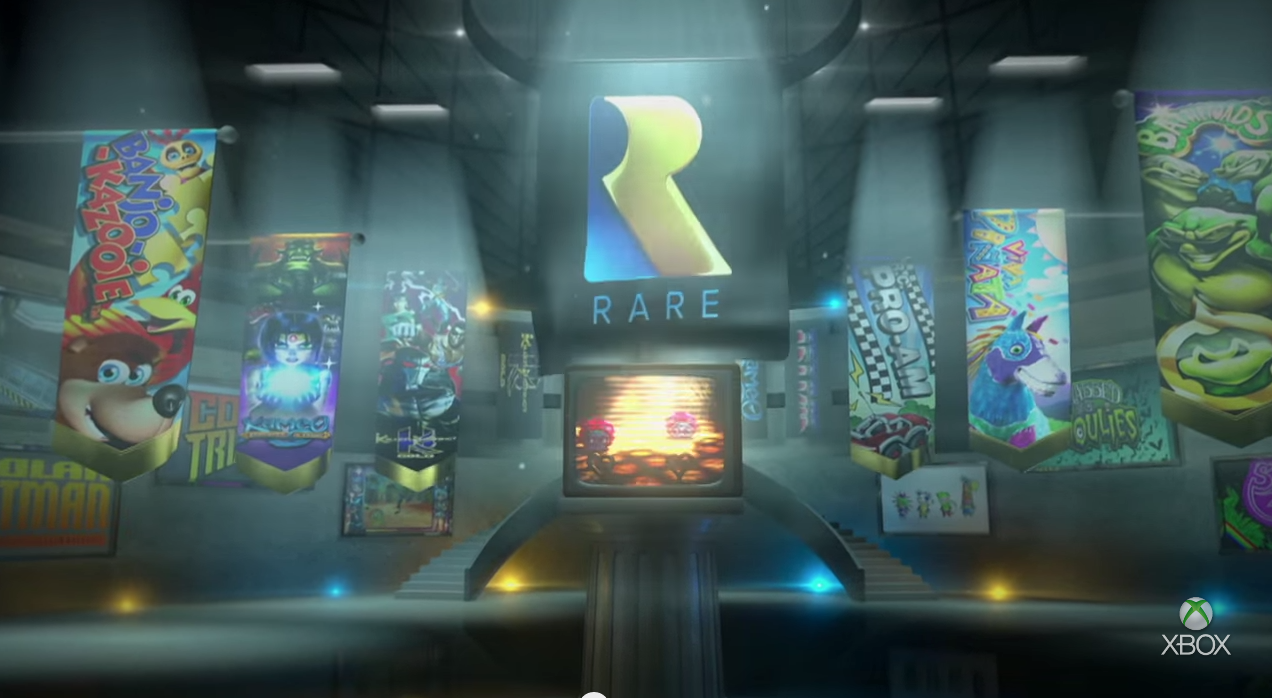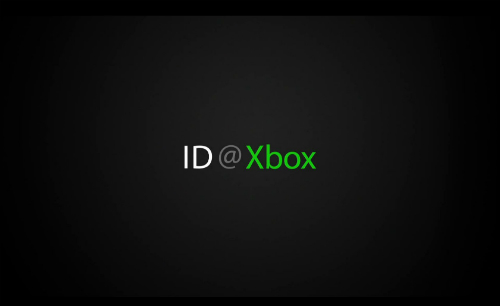
When I think of memorable games from the 90s, Battletoads is close to the top of the list, despite the fact that I’ve never played it. Somehow, through a series of memes and jokes, the game entered an echelon of public knowledge that is often limited to series like Mario and Pokemon. Despite its notoriety, the series has been completely dead and buried since the 90s, with no new games released, beyond a single port as part of Rare Replay way back in 2015. Now, by the hands of Dlala Studios and Rare, Battletoads is back once again, with a focus on 90s ‘tude that is both nostalgic and dated at the same time.
Battletoads follows the exploits of Rash, Zitz and Pimple as they’re released from an underground simulator bunker they’ve been locked in for 26 years (which just happens to be how long the franchise has been dormant for). Entering the world, they find that the world has left them behind, no longer knowing or caring about the Battletoads. After doing some menial jobs (complete with mini-games), the Battletoads decide to regain their fame once again by finding and destroying their old arch-nemesis the Dark Queen. I won’t go into any more details so as to avoid spoilers but suffice to say there are plenty of hijinks mixed in there.
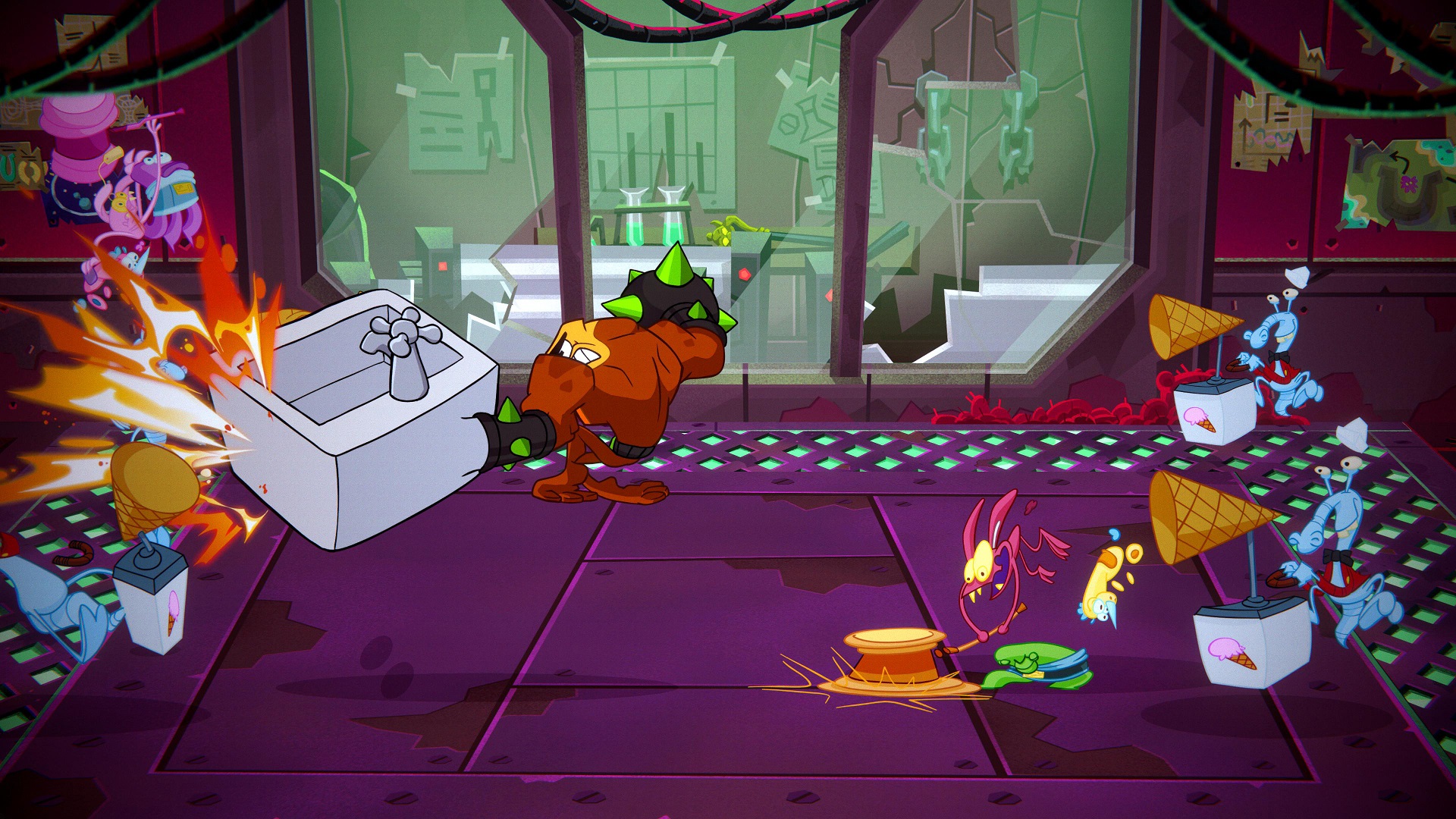
The story is told between a combination of animated cutscenes and in-mission story telling. The animated cutscenes are well-animated and produced, but the style itself isn’t particularly fantastic. There’s definitely more emphasis on story and storytelling than I was expecting. Where the story both excels and falls over is on its frequent emphasis on 90s ‘tude era humour. On the one hand, I love the nostalgia hit I get from the type of humour I got used to seeing in cartoons from my childhood. On the other hand, the often forced attitude feels dated and can get annoying. With that said, there are plenty of jokes and moments that land, and the forced attitude also makes the few moments that stray from that formula hit that much harder. It’s clear Dlala went into Battletoads with a specific type of story style to use, and they absolutely nailed it, for better or worse.
In between cutscenes you’ll be taking part in a surprisingly large variety of activities, but combat is what I’ll focus on first. Battletoads’ combat sections take the form of 2D side-scrolling beat ‘em up stages. This is where Battletoads began to fall apart for me. Initially combat in Battletoads feels deep, with physical combos and tongue mechanics (pulling enemies in and spitting at them to stick them in place) combining together, but I quickly found that the apparent depth wasn’t actually there. There’s really only a very small number of combos you can unleash and there’s little to no reason to do anything other than one or two specifics combos over and over again. The tongue mechanics could introduce depth, but they’re incredibly imprecise and so I frequently found myself hitting the wrong enemy (one slightly above or below who I wanted to hit) and completely ruining my flow in combat. The plans and hitboxes used also mean your positioning needs to very specific or your hits will completely miss (even though your attack hit or graze the enemy model), while movement still feels sluggish (even if it has been sped up compared to past gameplay footage shown).
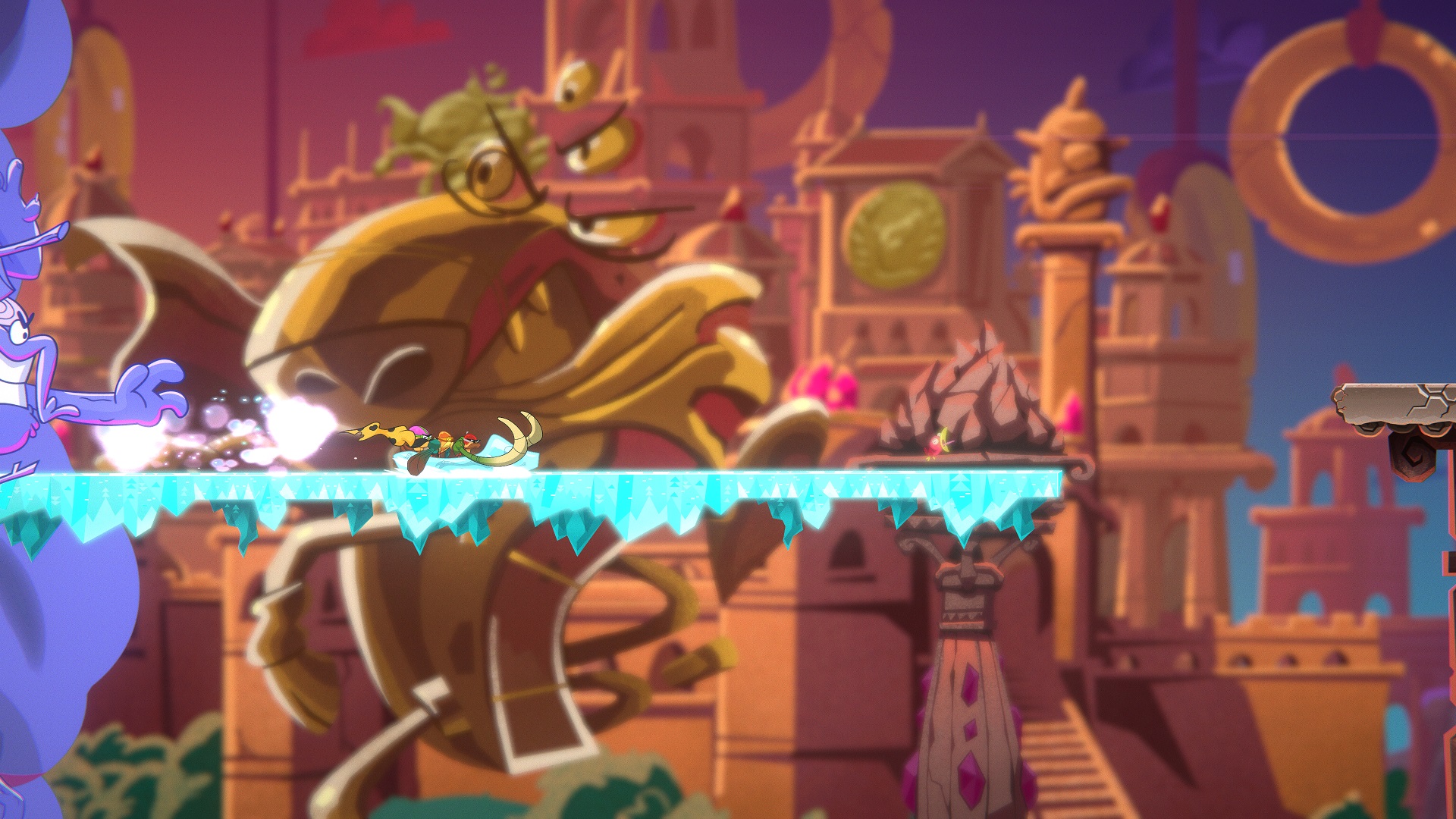
The combat not feeling particularly engaging is something I could potentially look past if the stages or encounter design were interesting, but they’re anything but that. The stages themselves largely feel sterile and generic, with very little personality shining through. They’re largely static 2D environments, with only the odd interaction or animation coming through the world. The encounter design is similarly disappointing. Combat encounters begin with the screen locking into place and enemies teleporting in to attack you. You’ll fight somewhere between one and three waves of enemies, before the screen unlocks and you can continue progressing to the next screen-lock (something with a small puzzle in between). The enemies basically don’t interact with the world at all beyond a very small number of occasions, meaning you won’t have enemies coming through doors or walking from offscreen. They simply magically appear in front of you, get walloped using the same repeated combos and disappear. The infrequent boss battles bring in some more patterns and engaging design, but even they aren’t particularly interesting.
Where Battletoads gets a bit more interesting is in the frequent shifts in gamestyle between combat. I would say roughly only every third or fourth stage in the game is a beat ‘em up stage, with the rest of the game taking the form of a variety of mini-games and different styled stages. This ranges from playing ro-sham-bo to side-scrolling puzzle platforming sections and even to twin stick shooter sections (which in co-op has one player controlling movement while the others control the guns). Each of these sections introduces new gameplay mechanics unique to them and kept me guessing on just where the game would take me. It kept the game fresh and interesting through pure variety, even if none of the individual sections feel particularly good mechanically.
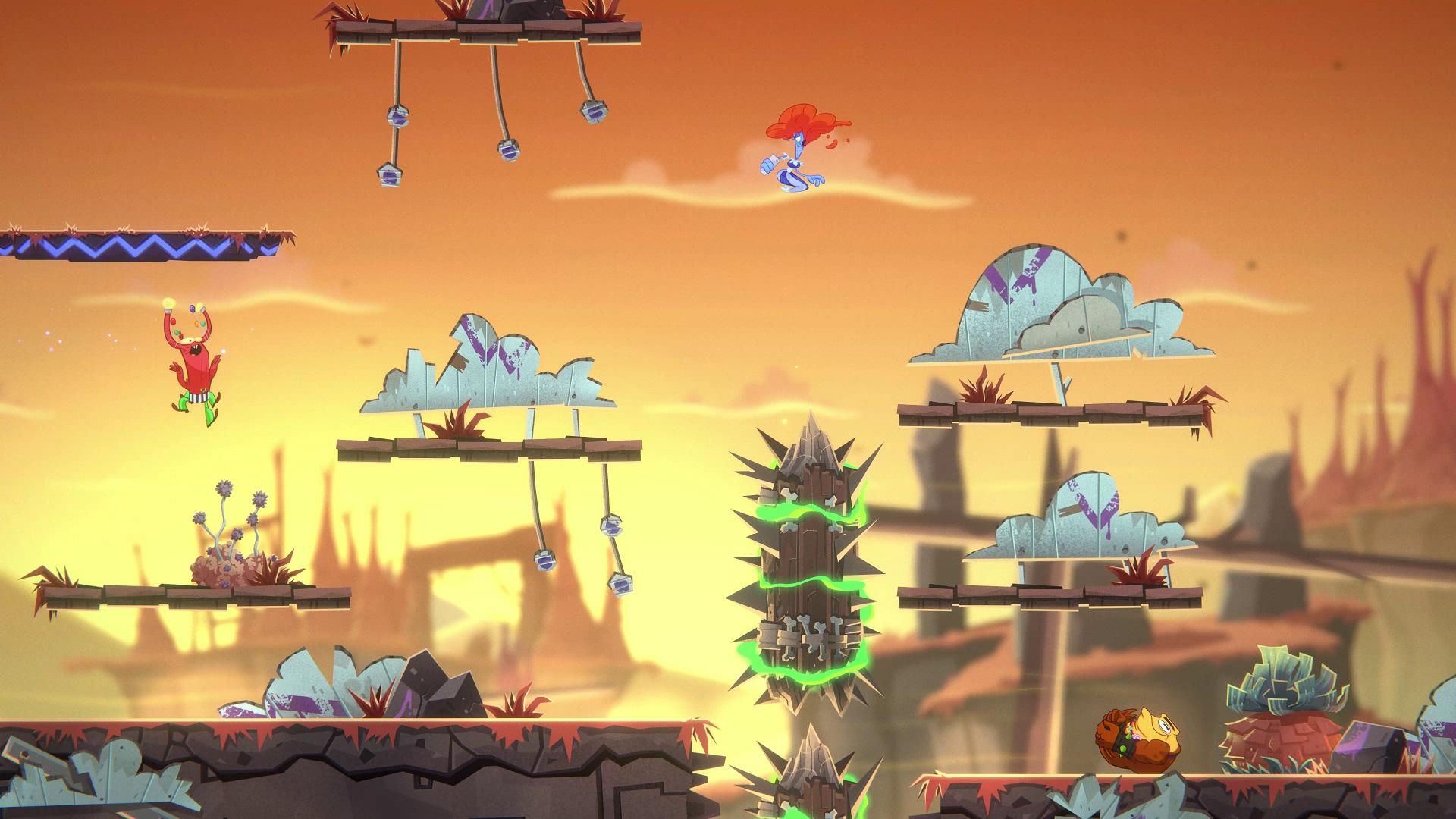
Throughout all of this, there was one design choice that was clear at all times: Battletoads is built to be played in co-op. Every section of the game was constructed in some form to take advantage of or utilise co-op. Be that combat effectively becoming easier with more people (trust me though, it’s far from easy on the default difficulty), or giving individual control to different sections of a stage to different players. By the end of my time with the game it was clear why it was encouraged that I play co-op if at all possible, as it felt like the game would be significantly more difficult (even on easier difficulty options) with only a single player, while the mini-games would be less engaging. Given the game has no online options, getting people together to play could prove to be difficult for some during the current climate.
Speaking to that difficulty level, Battletoads does come with a few different difficulty options, but what isn’t necessarily obvious is that these options only relate to the game’s combat stages. On the lowest difficulty enemies do less damage, have less health and you do more damage, while there’s the option to trigger an invincibility mode if you die repeatedly (this is also available on the default difficulty). Playing with someone less well versed with games as me and finding the default difficulty too hard for my co-op partner, we swapped over to the easier difficulty so that the experience could be enjoyed by both of us. In reality, while this made regular combat easier, boss battles were still pretty challenging and the game’s platforming sections didn’t get any easier at all. There is definitely some twitch-platforming required at points, so be aware of that heading in.
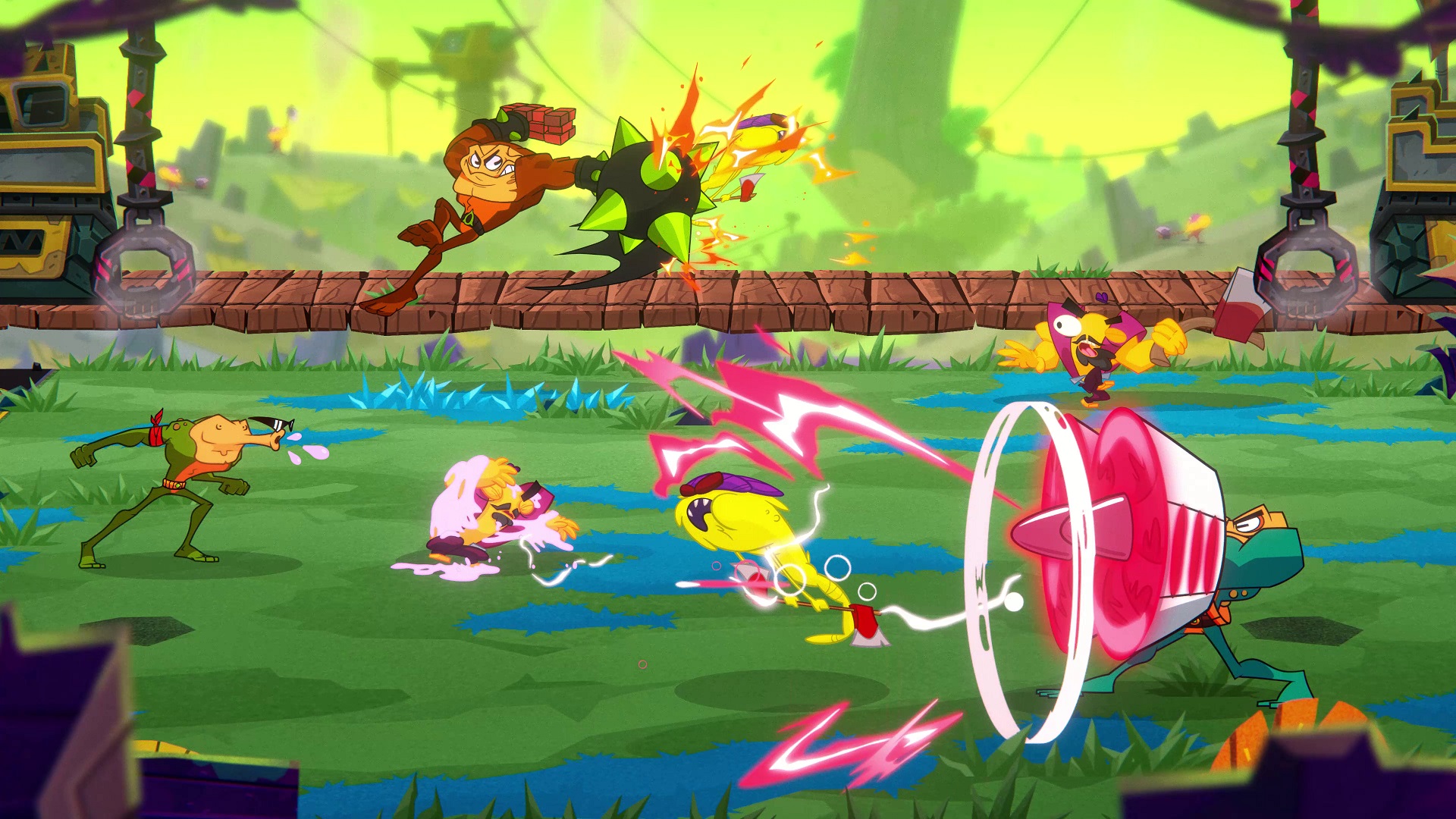
Overall, Battletoads feels like a bit of a relic of the past, which really speaks to how well Dlala have nailed that attitude-era style the 90s is famous for. The story can be humorous (at points) and there’s significantly more of it than I expected, while the variety in gameplay styles and mechanics keeps the experience fresh the whole way through. Unfortunately, that same style and humour does feel dated and grating at points, while the game’s combat sections are also some of its least engaging. If you’re looking for a new Beat ‘em Up or a whacky and difficult couch co-op game to play, Battletoads might scratch that itch, but otherwise I’d suggest moving on.
Battletoads was reviewed on an Xbox One X, with a review copy provided by the publisher. For more information, check out the official website.
- Plenty of variety in stages - Significantly more story than I expected - Nails that 90s style
- That 90s style feels a bit dated - Combat stages are the game's least engaging - Nothing feels great mechanically

